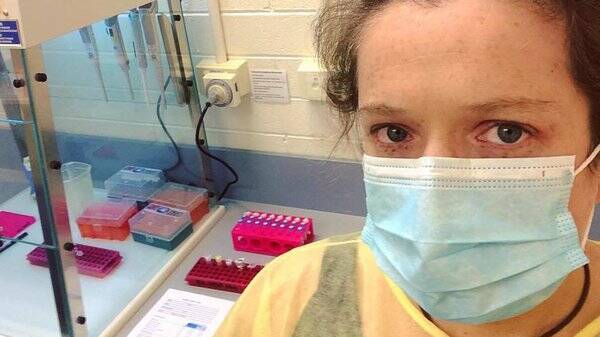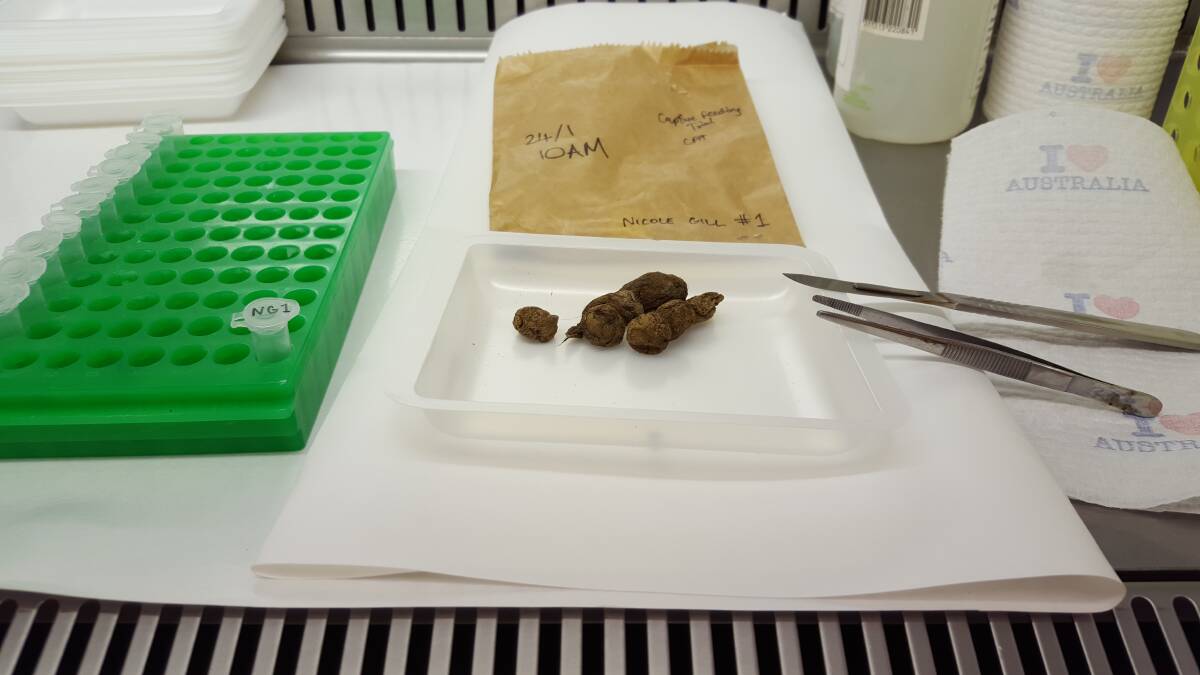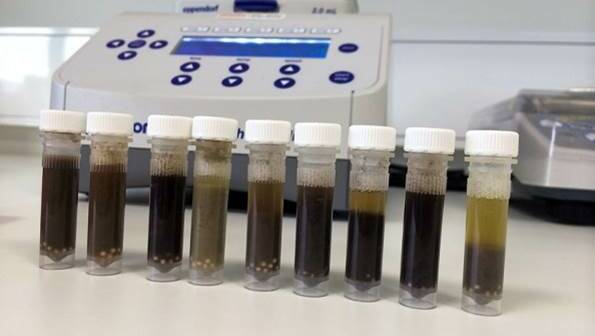
IT may not be the most glamorous of bodily samples to work with but researchers are working to develop readily available and cheap techniques to identify ‘native v introduced’ animal species, based on a poo sample.
Subscribe now for unlimited access to all our agricultural news
across the nation
or signup to continue reading
Dr Anna MacDonald and Professor Stephen Sarre from the University of Canberra’s Institute for Applied Ecology (IAE) recently published this research in the Molecular Ecology Resources journal, observing that environmental DNA (eDNA) detection is an analytical approach that is now being applied to many ecological management decisions within Australia.
The research has been funded through the Invasive Animals CRC.
“eDNA detection is becoming more common in wildlife studies, as it provides a means to study elusive animals without actually handling or observing them directly,” Dr MacDonald said.

“We can also use DNA to study interactions between species, for example, by detecting the remains of a threatened species in scats from an introduced predator. We have very little chance of observing a feral cat eating an eastern barred bandicoot, but we can now detect this predator-prey interaction using DNA.”
However Dr MacDonald said that one of the concerns, with eDNA detection, is understanding the risks of false negative or false positive results.
“This could lead to management decisions based on incorrect information and this is certainly something we want to avoid,” Dr MacDonald said.
“For example, in this study we have developed a test to detect DNA from bandicoots. To give us confidence in the test results we need to demonstrate that it doesn’t also mistakenly detect DNA from rodents or wallabies.”

The study aims to provide tools to help other researchers overcome these issues by offering a framework for developing and evaluating species-specific DNA tests with the goal of ensuring correct identification of the DNA within poo samples.
“Australians are leading research in the application of DNA detection to managing and understanding the impacts of invasive species, but it is important that we, and others worldwide, develop and adopt appropriate standards that test and measure the reliability of our work,” Dr MacDonald said.
This framework aims to facilitate large-scale implementation of well-designed DNA tests to detect specific wildlife from eDNA samples into the future. This will provide researchers and managers with an understanding of the strengths and limitations of their data and enable more informed management decisions.

